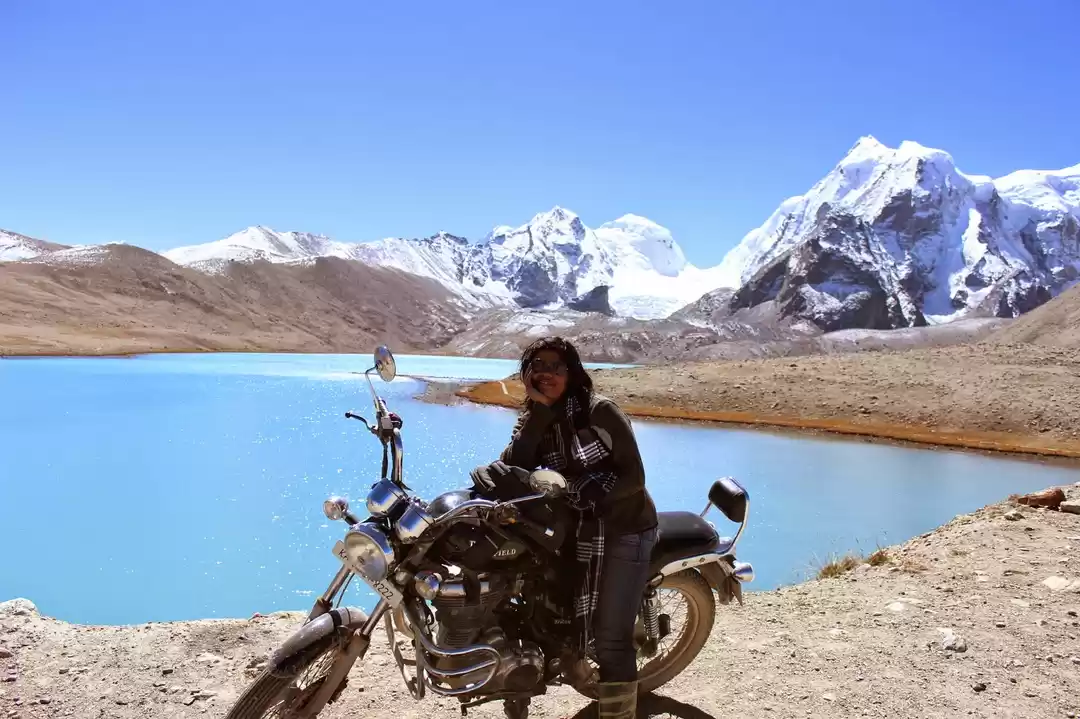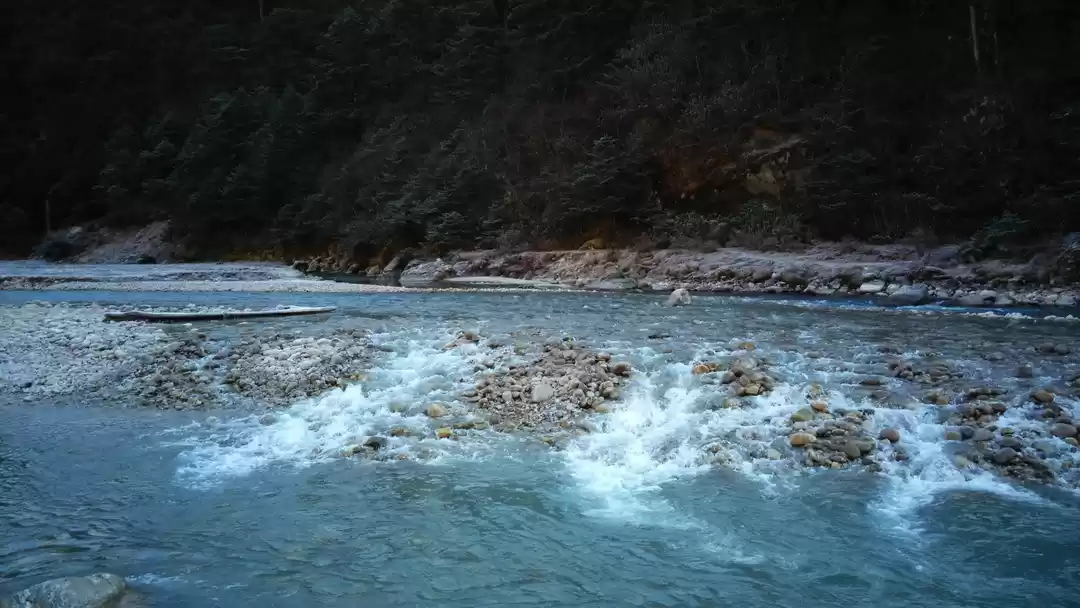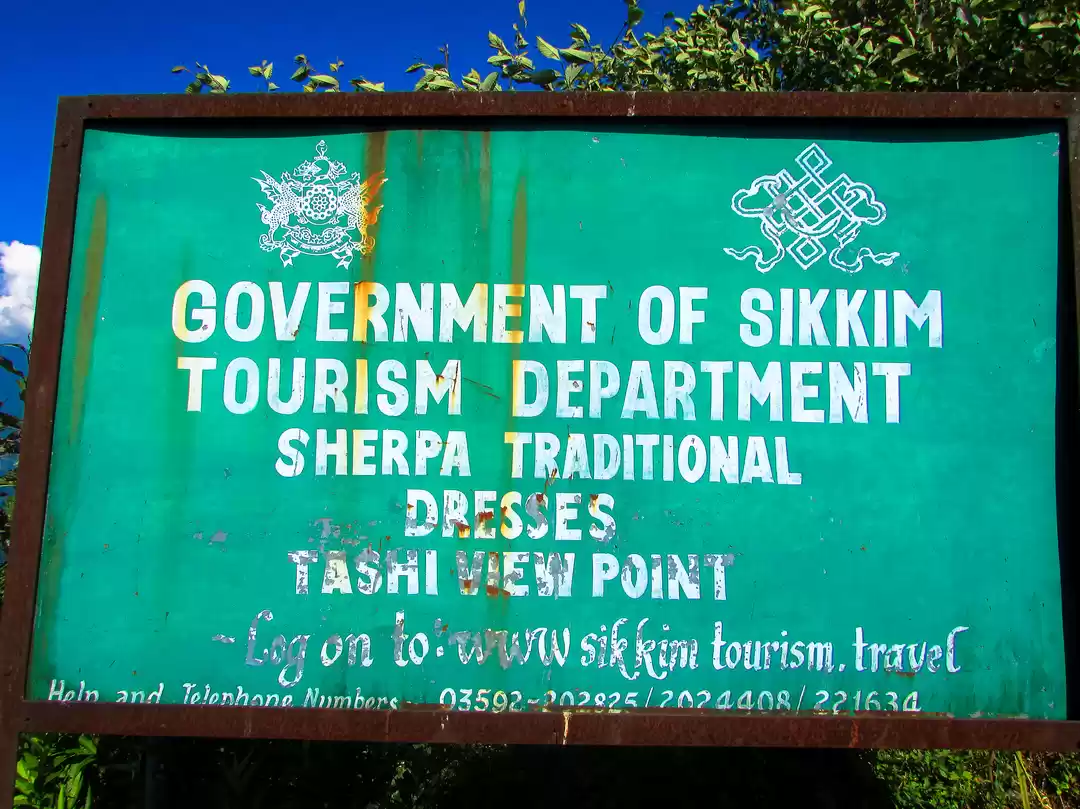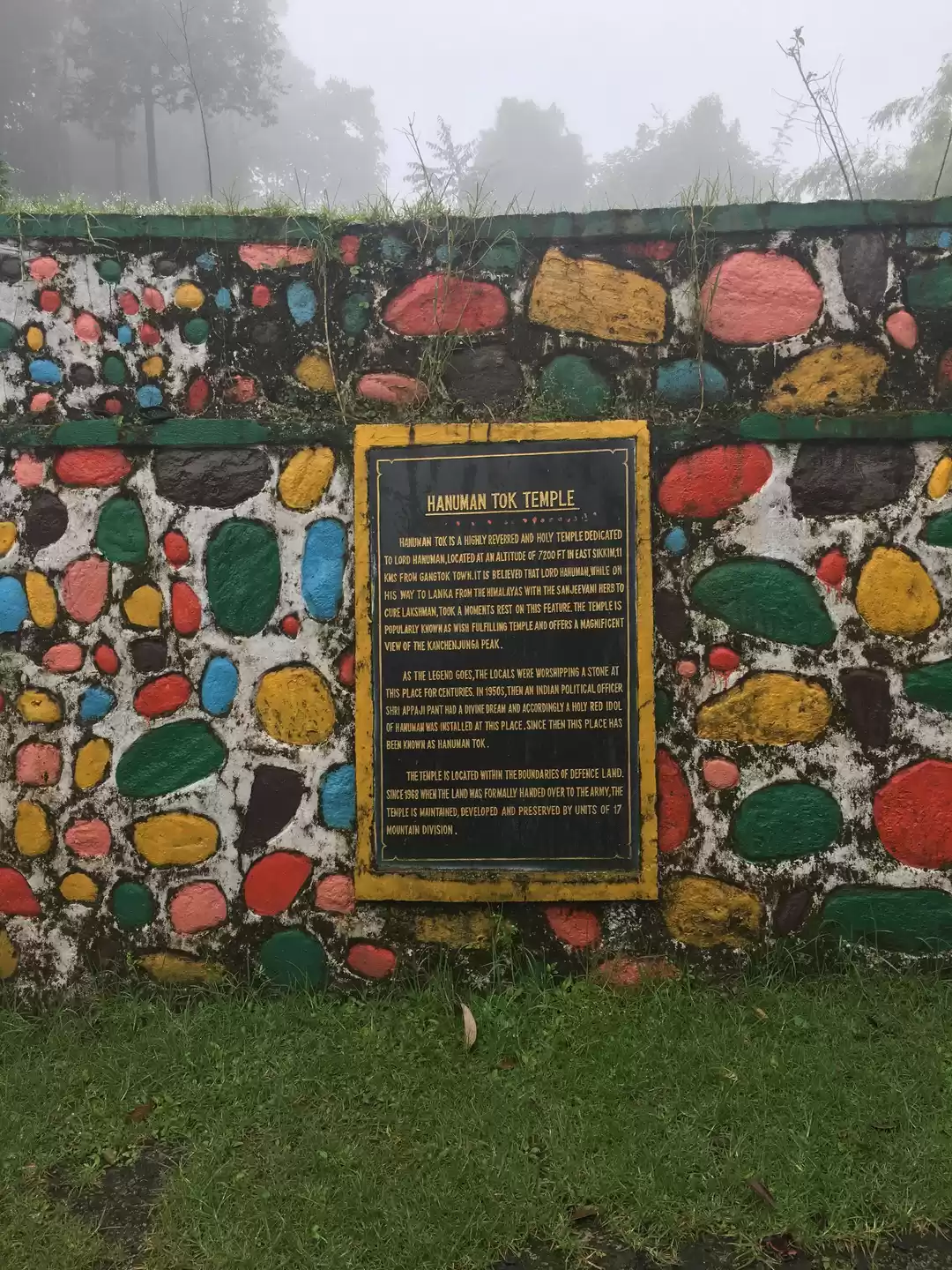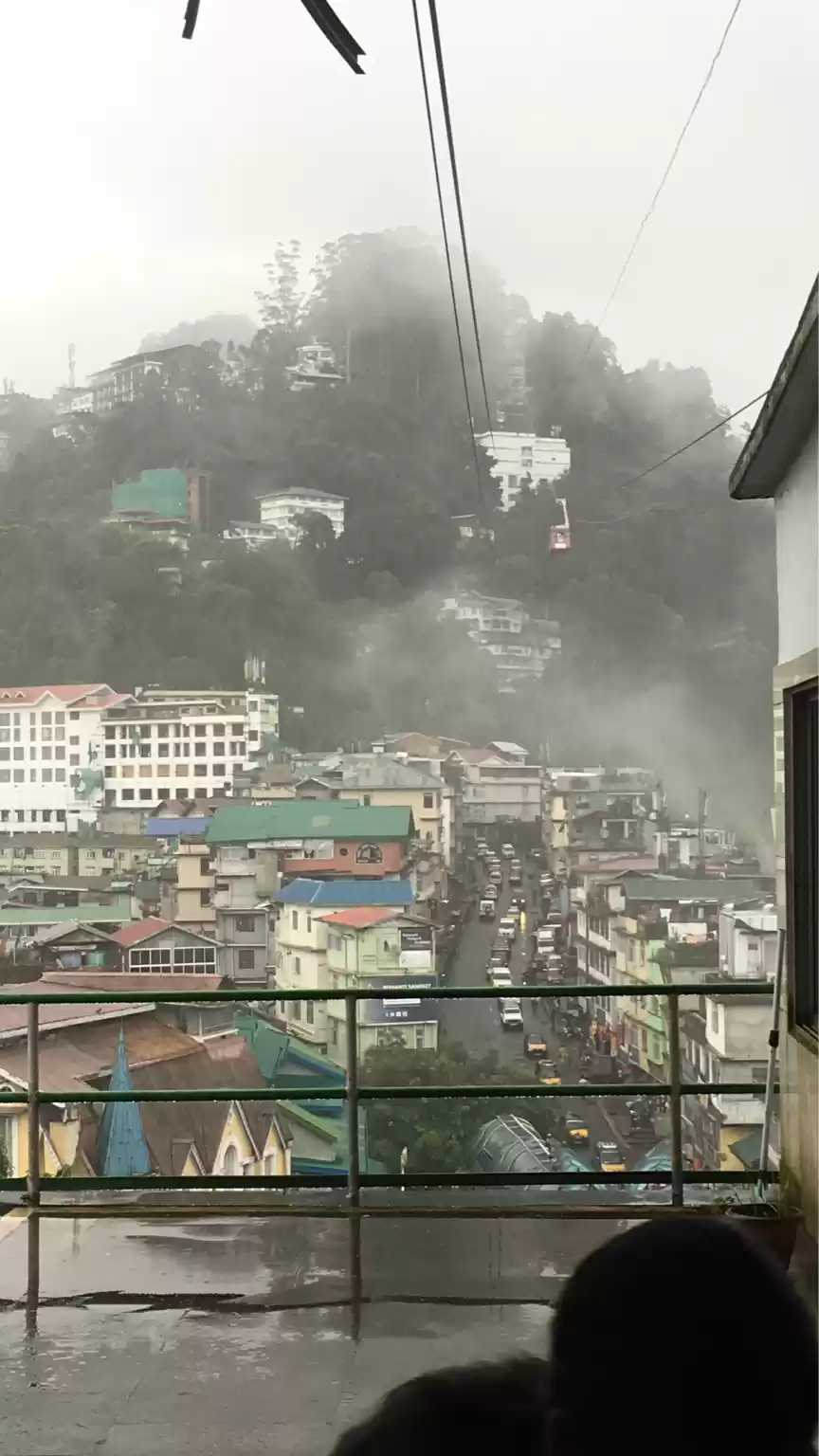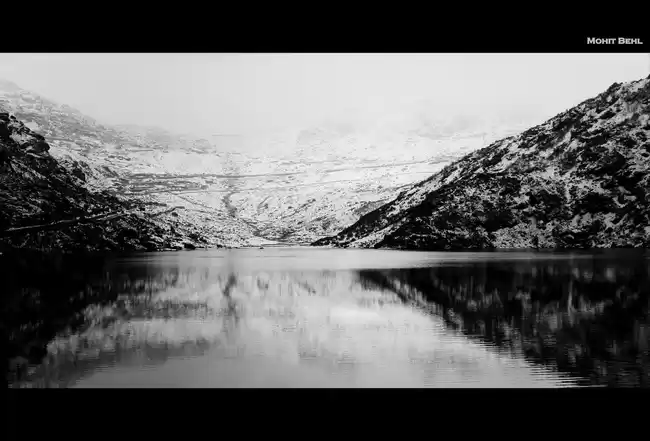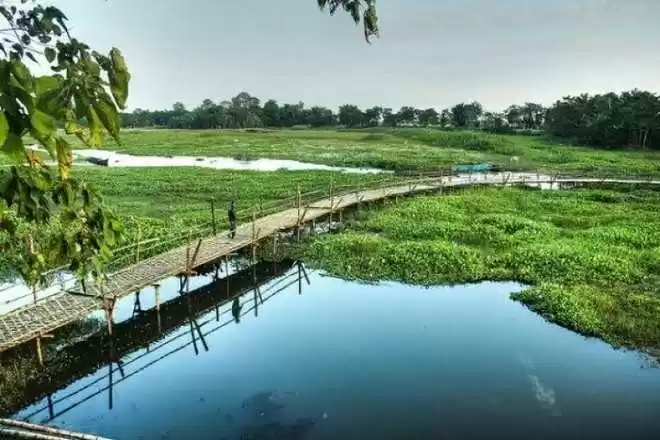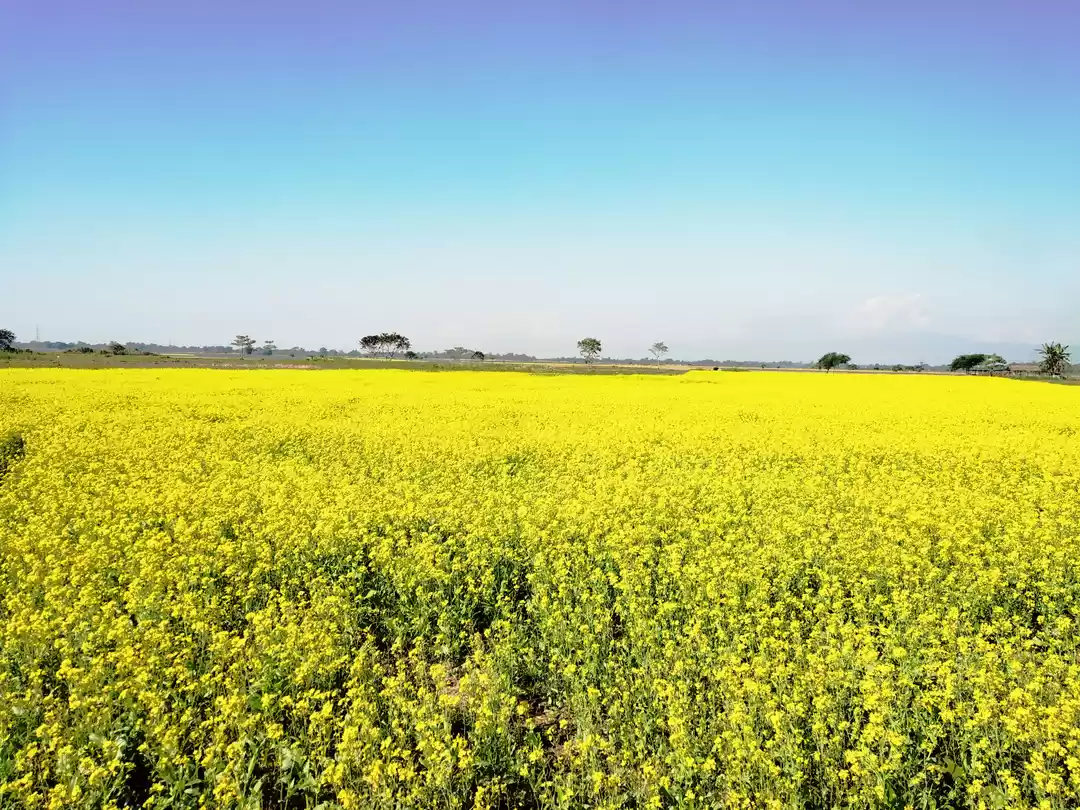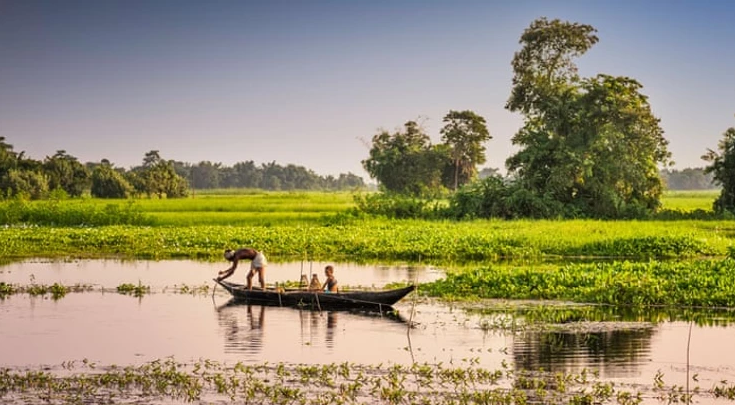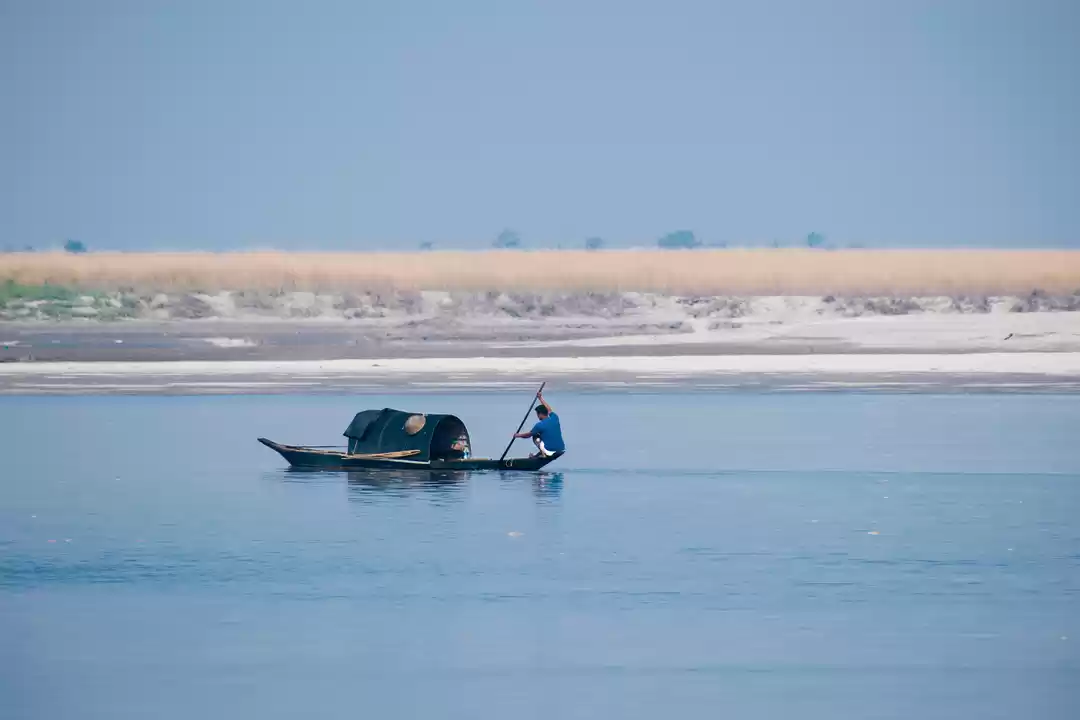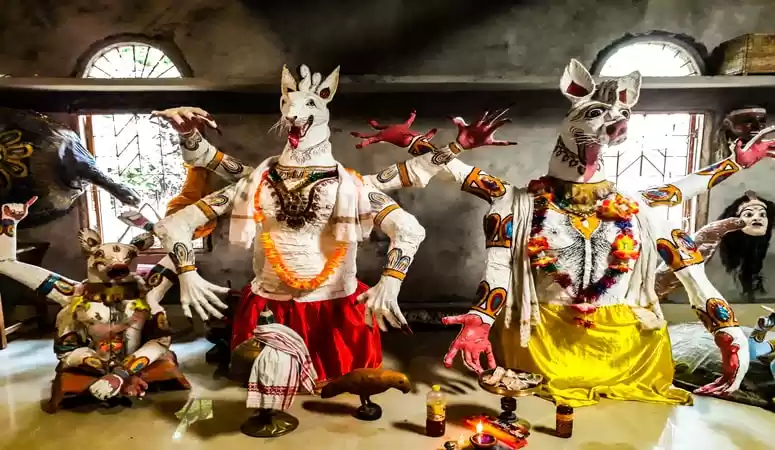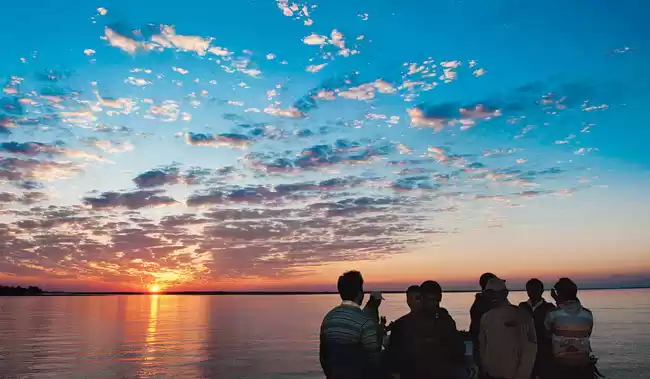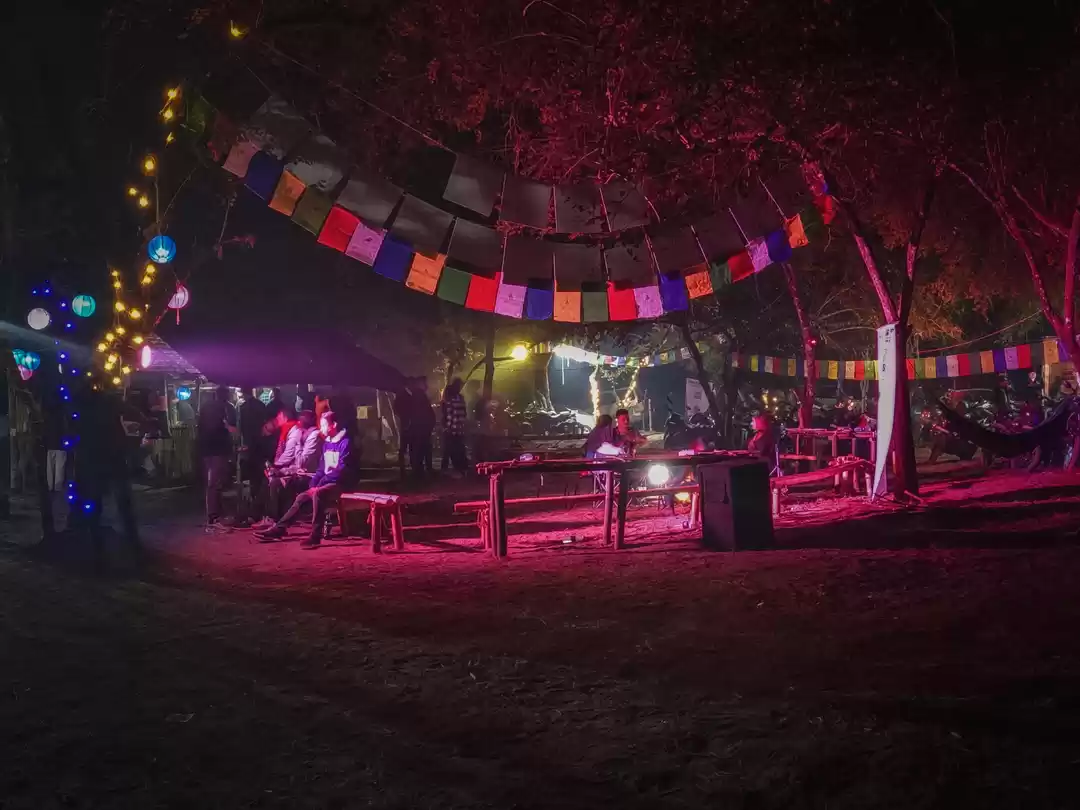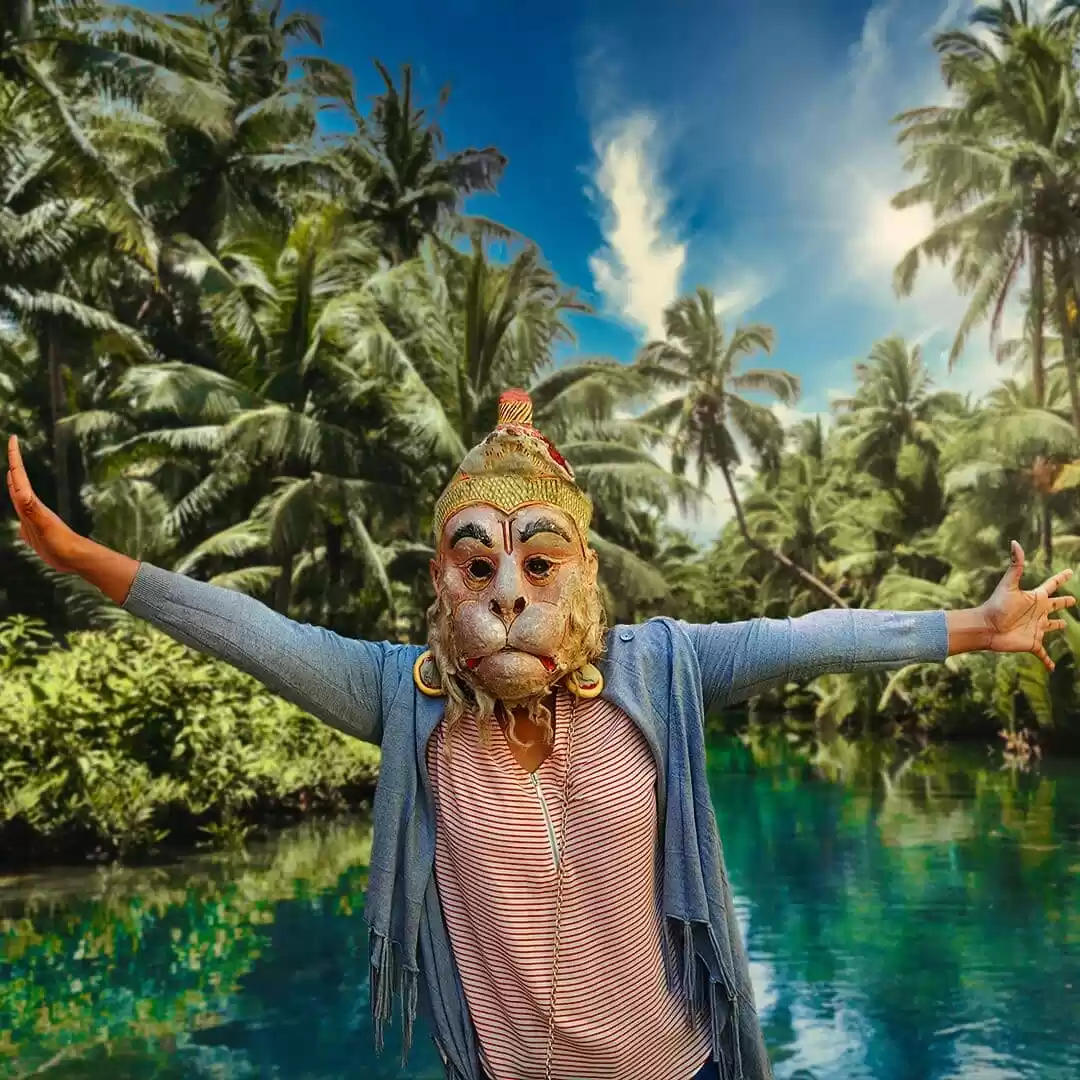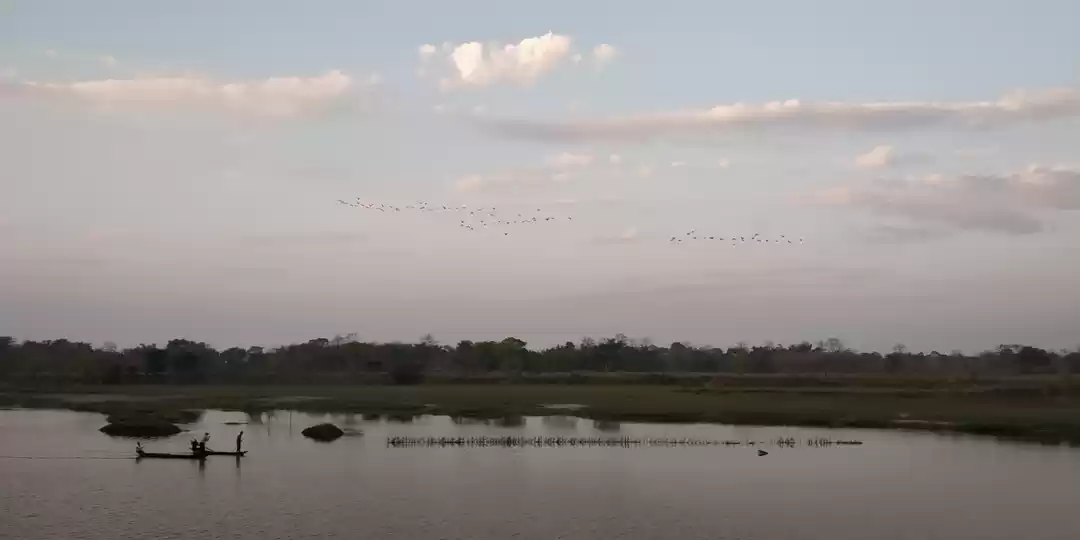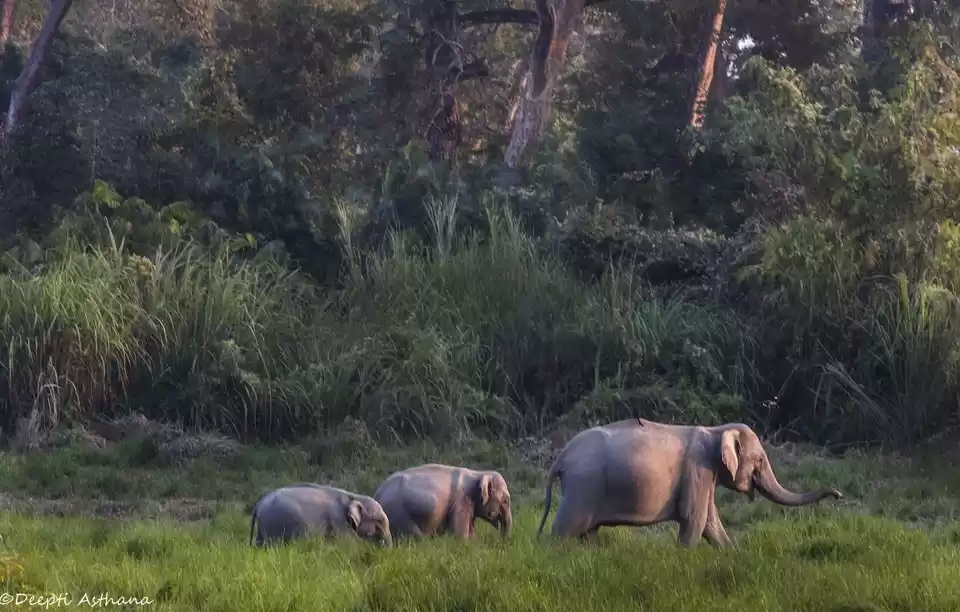Majuli Island is a unique and fascinating destination that offers a glimpse into the rich and diverse culture, heritage, and nature of Assam. Located in the Brahmaputra river, Majuli is the world’s largest river island and a UNESCO world heritage site. It is home to various ethnic communities, ancient Hindu monasteries, rare bird species, and endangered dolphins. Majuli Island is also known for its vibrant festivals, delicious rice varieties, and exquisite pottery and handloom products.

If you are looking for a place that combines history, spirituality, ecology, and adventure, then Majuli Island is the perfect choice for you.
In this article, we will provide you with all the information you need to plan your trip to Majuli Island, such as how to reach there, when to visit, what to see and do, where to stay and eat, and what to expect from this amazing island.
How to Reach Majuli Island from Different Locations in India
Majuli Island is situated about 20 km from Jorhat city, which is the nearest major town and airport. You can reach Jorhat by flight from Guwahati, Kolkata, Delhi, or Mumbai. Alternatively, you can take a train or a bus to Jorhat from Guwahati or other cities in Assam.
From Jorhat, you can take a taxi or a bus to Nimati Ghat, which is the ferry point for Majuli Island. The ferry ride takes about an hour and costs around Rs. 15 per person. You can also take your own vehicle or rent a bicycle on the ferry for an extra charge. The ferry operates from 8 am to 4 pm every day, except during floods or bad weather. You can also hire a private boat or a speedboat if you want a faster or more comfortable journey.
Also Read: The Complete Guide to Majuli
Best Time to Visit Majuli Island Based on Weather, Crowd, and Events
Majuli Island has a tropical climate with hot and humid summers, mild and pleasant winters, and heavy monsoons. The best time to visit Majuli Island is from September to March, when the weather is cool and dry, the island is lush and green, and the crowd is moderate. This is also the time when most of the festivals and events take place in Majuli Island, such as:
Raas festival: This is the most popular and colorful festival in Majuli Island, celebrated in November every year. It commemorates the life and deeds of Lord Krishna, and involves dance, drama, music, and processions. The Satras (monasteries) of Majuli host various performances of Raas Leela, which depict the love story of Krishna and Radha. Thousands of devotees and tourists flock to Majuli to witness this spectacular event.
Majuli festival: This is a four-day festival that showcases the culture, heritage, and nature of Majuli Island. It is held in January every year at Garamur, one of the main villages in Majuli. It features cultural programs, exhibitions, seminars, workshops, competitions, and sports activities. It also promotes eco-tourism, organic farming, and rural development in Majuli.
Paal Naam festival: This is a religious festival that marks the end of the monsoon season in Majuli Island. It is celebrated in September or October every year at Auniati Satra, one of the oldest and largest monasteries in Majuli. It involves prayers, chants, songs, and dances dedicated to Lord Vishnu. It also attracts many pilgrims and visitors who seek blessings and peace.
Read About Upasana's Stay in Majuli Island
Places to Visit and Things to Do in Majuli Island
Majuli Island is not only a natural wonder, but also a cultural treasure. There are many places to visit and things to do in Majuli Island that will enrich your knowledge, experience, and enjoyment. Here are some of the attractions and activities that you should not miss in Majuli Island:
Satras: The Satras are the religious and cultural centers of Majuli Island that preserve and promote the traditional art forms of Assam. There are about 22 Satras in Majuli Island, each with its own history, architecture, and rituals. Some of the famous Satras are:
Kamalabari Satra: This is one of the oldest and most influential Satras in Majuli Island. It was established in 1584 by Madhavdeva, a disciple of Sankardeva, the founder of the Neo-Vaishnavite movement in Assam. It is known for its classical music, dance, and drama performances, as well as its library and museum that display ancient manuscripts and artifacts.
Dakhinpat Satra: This is another prominent Satra in Majuli Island. It was founded in 1584 by Banamalideva, a nephew of Sankardeva. It is famous for its Raas Leela festival, which attracts thousands of devotees and tourists every year. It is also known for its exquisite wood carvings and paintings that adorn the walls and ceilings of the monastery.
Garmur: This is one of the largest and most visited Satras in Majuli Island. It was established in 1656 by Jayananda Thakura, a grandson of Sankardeva. It is renowned for its collection of ancient weapons, utensils, jewelry, and costumes that reflect the lifestyle and culture of the past. It also has a pond where you can feed the fish and turtles.
Tengapania: This is a scenic picnic spot on the banks of Brahmaputra river with a temple and a beach. The temple is dedicated to Lord Shiva and has a unique shape of a boat. The beach is ideal for relaxing, swimming, and boating. You can also enjoy the sunset and sunrise views from here.
Auniati Satra: This is one of the oldest and largest Satras in Majuli Island. It was founded in 1595 by Niranjan Pathakdeva, a follower of Sankardeva. It is famous for its Paal Naam festival, which involves prayers, chants, songs, and dances dedicated to Lord Vishnu. It also has a museum that exhibits various cultural items and relics.
Bird watching: Majuli Island is a paradise for bird lovers, as it hosts more than 200 species of birds, both resident and migratory. Some of the rare and endangered birds that can be spotted in Majuli Island are:
Greater Adjutant Stork: This is one of the largest and heaviest storks in the world, with a height of up to 1.5 meters and a wingspan of up to 2.5 meters. It has a bald head, a long neck, a massive bill, and black and white plumage. It feeds on carrion, fish, frogs, snakes, etc. It is considered sacred by the locals and is protected by them.
Bengal Florican: This is one of the most threatened birds in the world, with less than 1000 individuals left in the wild. It is a medium-sized bustard with black and white markings on its head, neck, wings, and tail. It inhabits grasslands and wetlands where it feeds on insects, seeds, grains, etc. It performs a spectacular aerial display during the breeding season, where it leaps up and down in the air with loud calls.
Pelican: This is a large water bird with a long bill and a pouch that can hold up to 13 liters of water. It has white or gray plumage, pink or yellow skin, and black or brown eyes. It feeds on fish, crustaceans, amphibians, etc. It forms large colonies on islands or lakeshores, where it breeds and roosts.
Black-necked Crane: This is a graceful and elegant crane with a black head and neck, a red crown, and a white body. It has a height of up to 1.6 meters and a wingspan of up to 2.4 meters. It feeds on roots, tubers, insects, worms, etc. It migrates from Tibet to Majuli Island in winter, where it is revered by the locals as a symbol of peace and happiness.
Other birds: Some of the other birds that can be seen in Majuli Island are: White-winged Wood Duck, Swamp Francolin, Spot-billed Pelican, Greater Spotted Eagle, Pallas's Fish Eagle, Grey-headed Fish Eagle, White-rumped Vulture, Slender-billed Vulture, Lesser Adjutant Stork, Baer's Pochard, Ferruginous Duck, etc.
The best places to watch these birds are: Chakoli Beel, Kamalabari Beel, Salmora Beel, Dori Beel, etc. You can also hire a local guide or join a birding tour to explore the avian diversity of Majuli Island.
Rice tasting: Majuli Island is famous for its unique varieties of rice that are grown without any chemicals or fertilizers. Some of these rice varieties are: Komal Saul (soft rice that can be eaten without cooking), Bora Saul (sticky rice used for making sweets), Bao Saul (aromatic rice that changes color when cooked), etc. You can taste these rice varieties at various restaurants or homestays in Majuli Island. You can also learn about the traditional methods of cultivation and processing of these rice varieties from the local farmers.
Pottery and handloom shopping: Majuli Island is also known for its traditional crafts of pottery and handloom that showcase the skill and creativity of the local artisans. The pottery of Majuli Island is made from clay and baked in wood-fired kilns. The pots are used for various purposes such as cooking, storing, or serving food and water. The handloom of Majuli Island is made from cotton or silk and dyed with natural colors. The fabrics are woven into various patterns and designs that reflect the culture and identity of Majuli Island. You can buy these pottery and handloom products at various shops or markets in Majuli Island. You can also visit the workshops or villages where these crafts are made and interact with the artisans.
Here is Shruthi's list of things to do in Majuli Island
Accommodation, Food, Shopping, and Other Facilities in Majuli Island
Majuli Island offers a range of accommodation options for different budgets and preferences. You can choose from hotels, resorts, guest houses, homestays, or camps in Majuli Island. Some of the recommended places to stay are:
La Maison de Ananda: This is a charming and cozy hotel that offers cottages made of bamboo and wood. The cottages are spacious, comfortable, and well-equipped with modern amenities. The hotel also has a restaurant that serves delicious local and continental cuisine. The hotel is located near Kamalabari Satra and offers a beautiful view of the river and the island. The price range is Rs. 1000 to Rs. 2000 per night.
Okegiga Homes: This is a homestay that offers a home away from home experience in Majuli Island. The homestay is run by a friendly and hospitable family that welcomes you with warmth and love. The homestay has rooms that are clean, cozy, and furnished with basic amenities. The homestay also provides homemade food that is fresh, healthy, and tasty. The homestay is located near Garmur and offers a glimpse of the rural life and culture of Majuli Island. The price range is Rs. 500 to Rs. 1000 per night.
Majuli Cycle Camp: This is a camp that offers an adventurous and eco-friendly way of exploring Majuli Island. The camp provides tents that are comfortable, safe, and equipped with essential facilities. The camp also provides bicycles that you can use to cycle around the island and discover its beauty and diversity. The camp also organizes various activities such as bird watching, fishing, boating, etc. The camp is located near Tengapania and offers a serene and scenic environment. The price range is Rs. 1500 to Rs. 2500 per night.
Majuli Island also offers a variety of food options for different tastes and preferences. You can choose from restaurants, cafes, street stalls, or homestays in Majuli Island. Some of the dishes that you should try in Majuli Island are:
Masor Tenga: This is a traditional Assamese fish curry that is tangy, spicy, and flavorful. It is made with fish, tomatoes, lemon, tamarind, mustard oil, and spices. It is served with rice or roti.
Pitha: This is a sweet or savory snack that is made with rice flour, coconut, jaggery, sesame seeds, etc. It is either steamed, fried, or baked. It is usually eaten during festivals or as a tea-time treat.
Khar: This is a unique dish that is made with banana peel ash, which gives it an alkaline taste. It is usually cooked with vegetables, lentils, or meat. It is said to have medicinal properties and cleanse the stomach.
Apong: This is a local rice beer that is brewed by the Mishing tribe of Majuli Island. It is mildly alcoholic and refreshing. It is served in bamboo mugs or bottles.
Majuli Island also offers a variety of shopping options for souvenirs and gifts. You can buy pottery and handloom products from various shops or markets in Majuli Island. You can also buy organic rice varieties, honey, spices, pickles, etc., from the local farmers or vendors.
Majuli Island also has other facilities such as banks, Majuli Island also has other facilities such as banks, ATMs, post offices, hospitals, pharmacies, police stations, etc., that cater to the needs of the locals and tourists.
However, some of these facilities may not be available or functional at all times, especially during floods or power cuts. Therefore, it is advisable to carry enough cash, medicines, and emergency contacts when visiting Majuli Island.

The Origin, Ecological Diversity, and Threat of Majuli Island
Majuli Island is not only a natural wonder, but also a historical and ecological marvel. It has a fascinating origin story, a rich ecological diversity, and a looming threat that make it a place of interest and concern. Here are some of the facts, figures, quotes, and references that reveal the origin, ecological diversity, and threat of Majuli Island:
Origin: Majuli Island was formed by the Brahmaputra river over centuries, as it changed its course and carved out the island from the mainland. According to legend, Majuli was once a large and prosperous landmass called Ratnapur, ruled by a king named Bhismak. However, due to a curse by a sage named Lomus Rishi, the land was submerged by the river and became an island. The name Majuli means “the land in the middle of two parallel rivers”.
Ecological diversity: Majuli Island is a biodiversity hotspot that harbors various flora and fauna species, some of which are endemic or endangered. The island has an area of about 880 sq km, of which about 70% is covered by wetlands. The wetlands provide a habitat for many aquatic plants and animals, such as water hyacinth, lotus, water lily, fish, frogs, turtles, etc. The island also has forests, grasslands, and sandbars that support many terrestrial plants and animals, such as bamboo, banana, mango, jackfruit, elephant grass, deer, fox, monkey, etc.
Threat: Majuli Island is facing a serious threat of erosion due to the Brahmaputra river’s flooding and changing course. The island has lost about 50% of its area in the last 100 years and is expected to lose more in the future. The erosion has affected the lives and livelihoods of the people living in Majuli Island, as they have lost their homes, farms, schools, temples, etc. The erosion has also endangered the cultural and natural heritage of Majuli Island, as many Satras, monuments, artifacts, and wildlife have been washed away or damaged by the river.
Conservation: Majuli Island has been recognized as a UNESCO world heritage site since 2016 for its cultural and natural significance. The government and various environmental organizations have taken several measures to protect and preserve Majuli Island’s heritage and environment. Some of these measures are: building embankments, planting trees, promoting eco-tourism, raising awareness, providing alternative livelihoods, etc.
Conclusion
Majuli Island is a place that will captivate you with its beauty, charm, and diversity. It is a place that will enlighten you with its history, culture, and spirituality. It is a place that will inspire you with its resilience, creativity, and harmony. Majuli Island is a place that you should visit at least once in your lifetime.
So what are you waiting for? Book your trip to Majuli Island today with Tripoto, the best online travel platform that offers you amazing deals and packages for your dream destination.


























